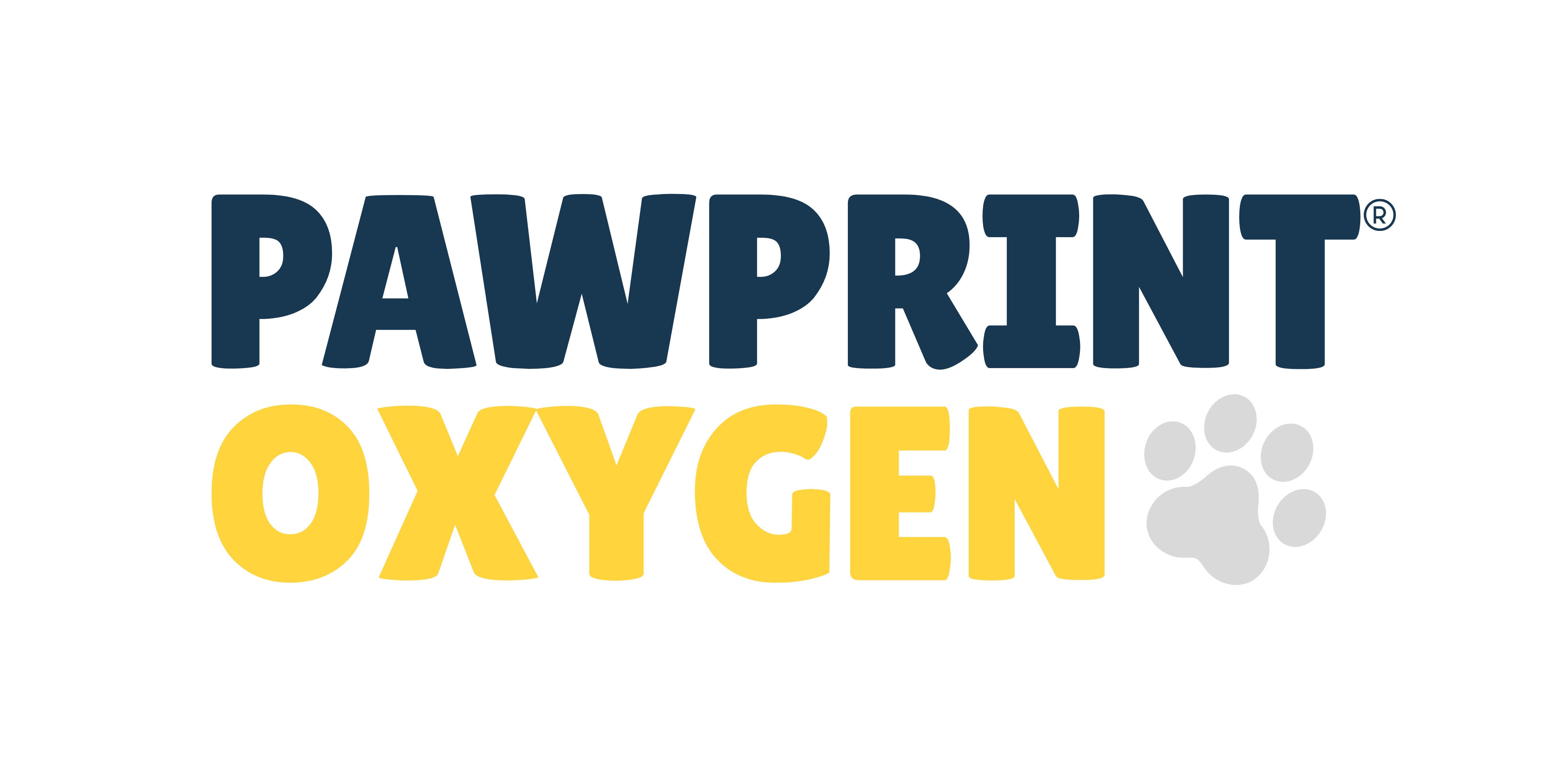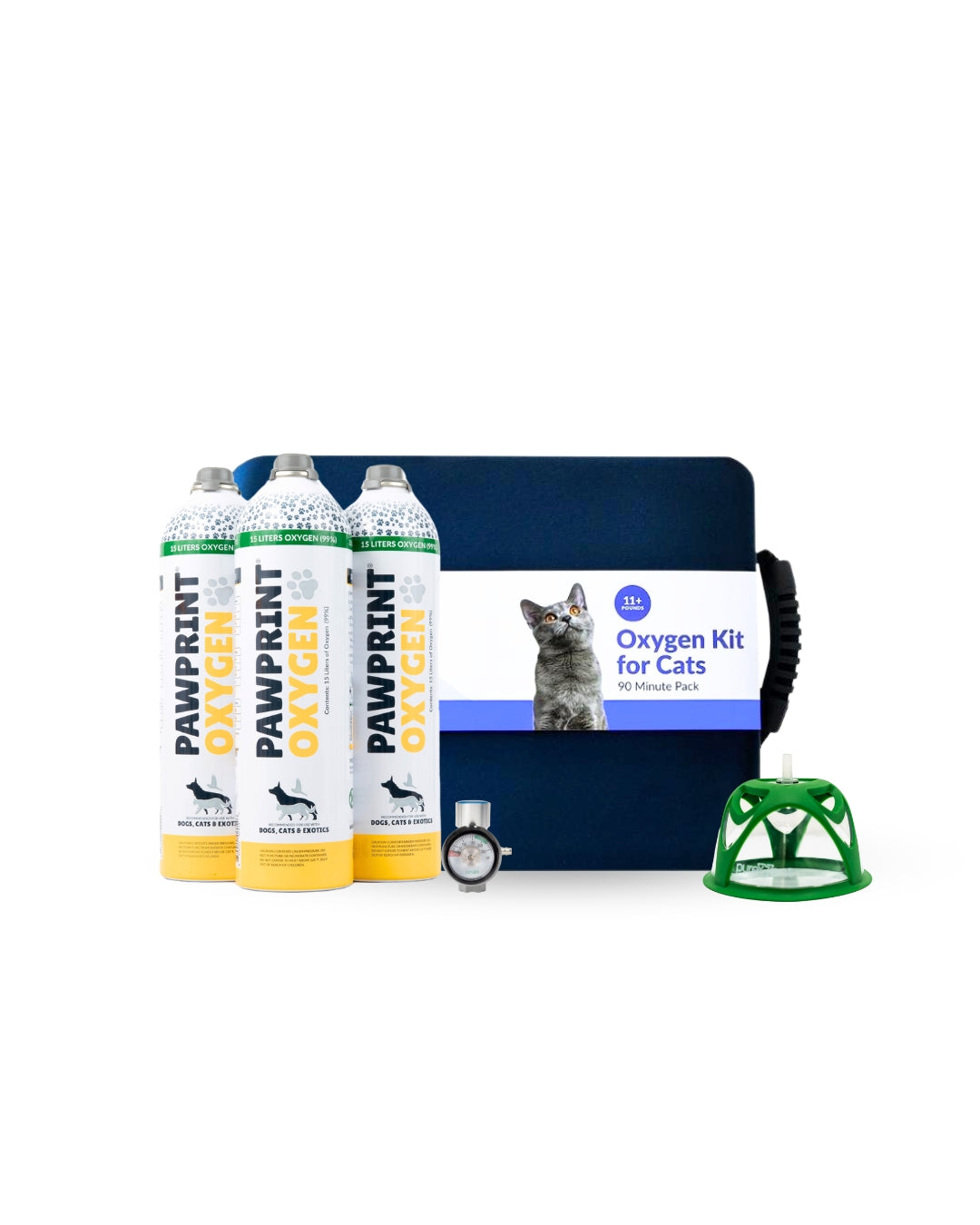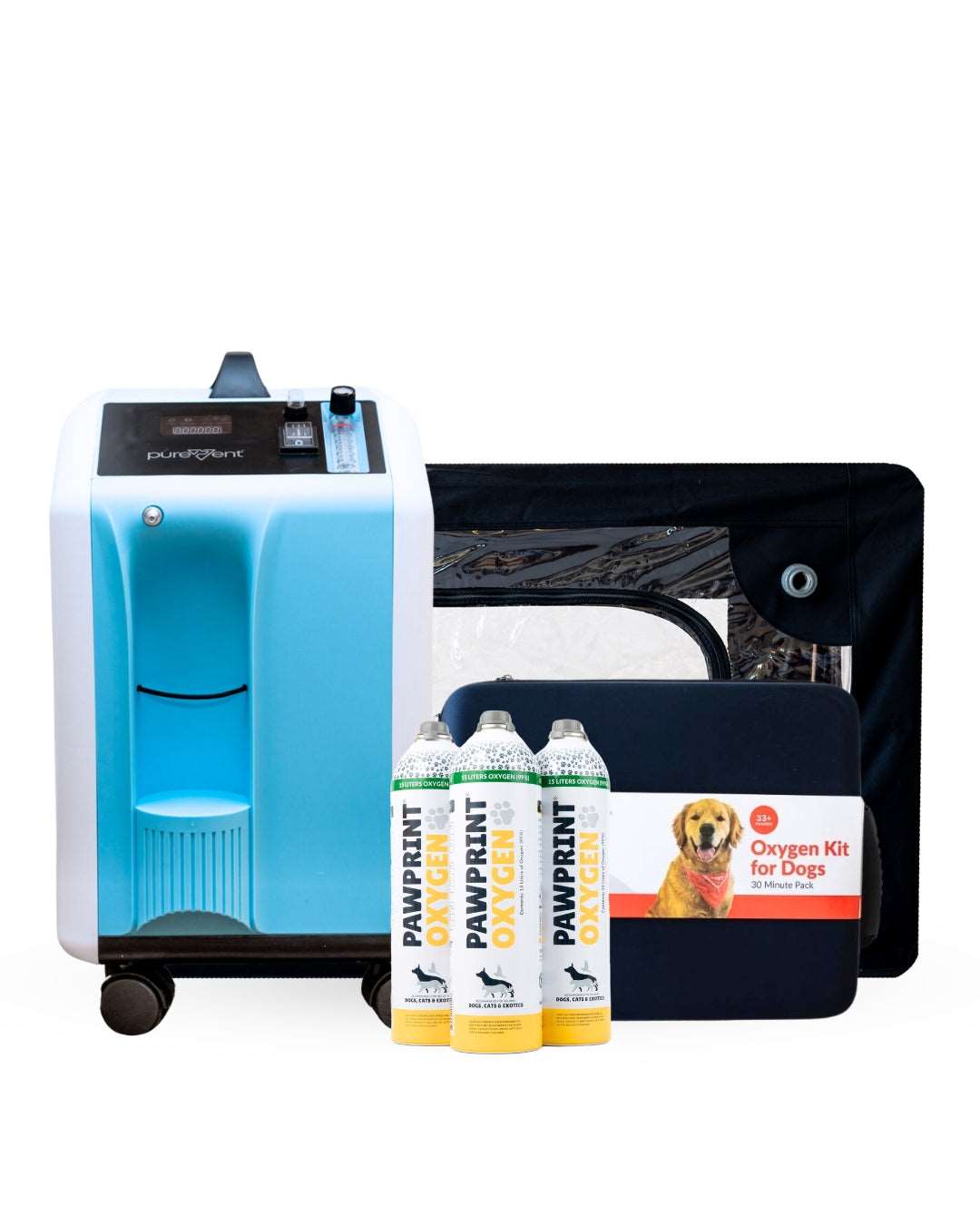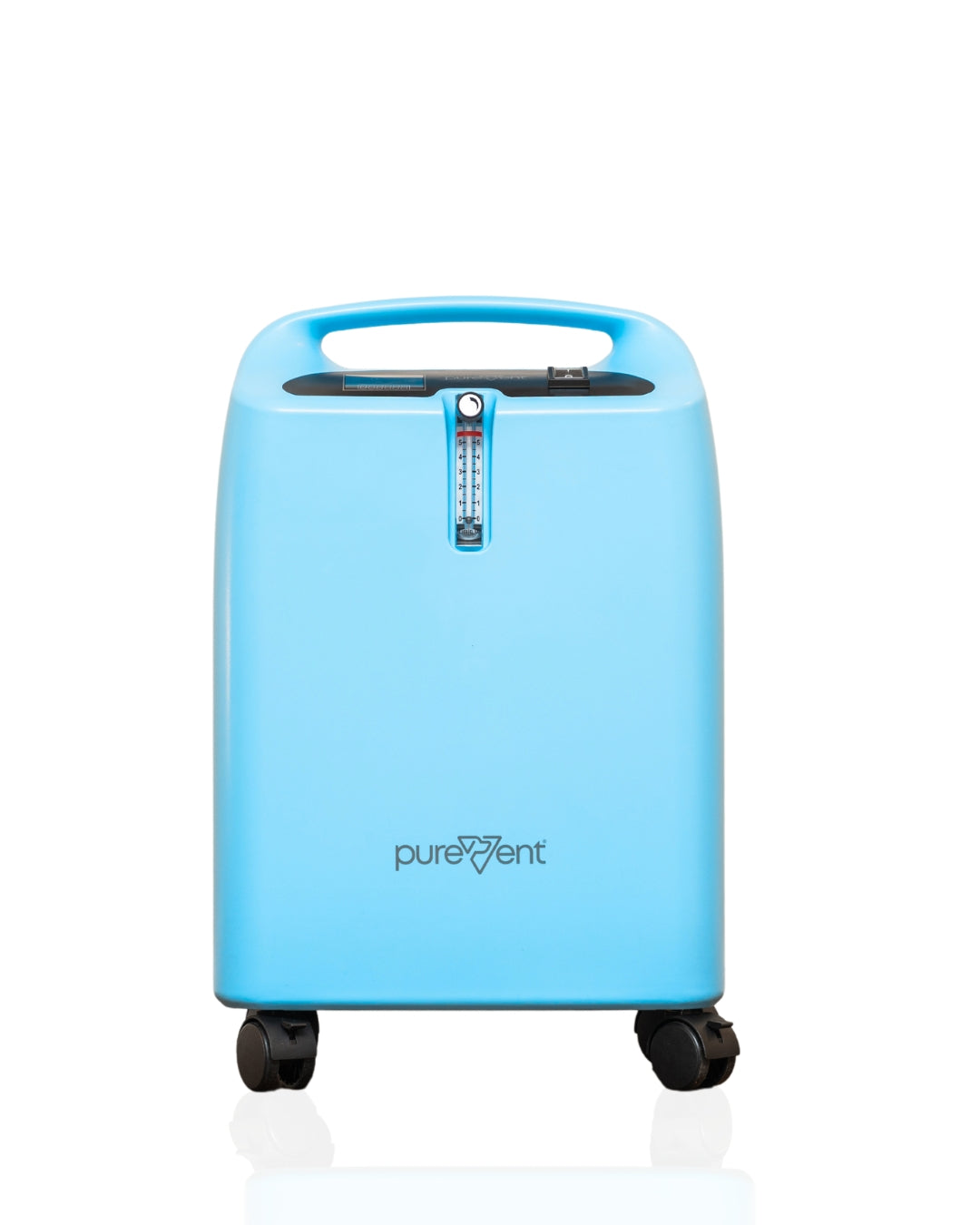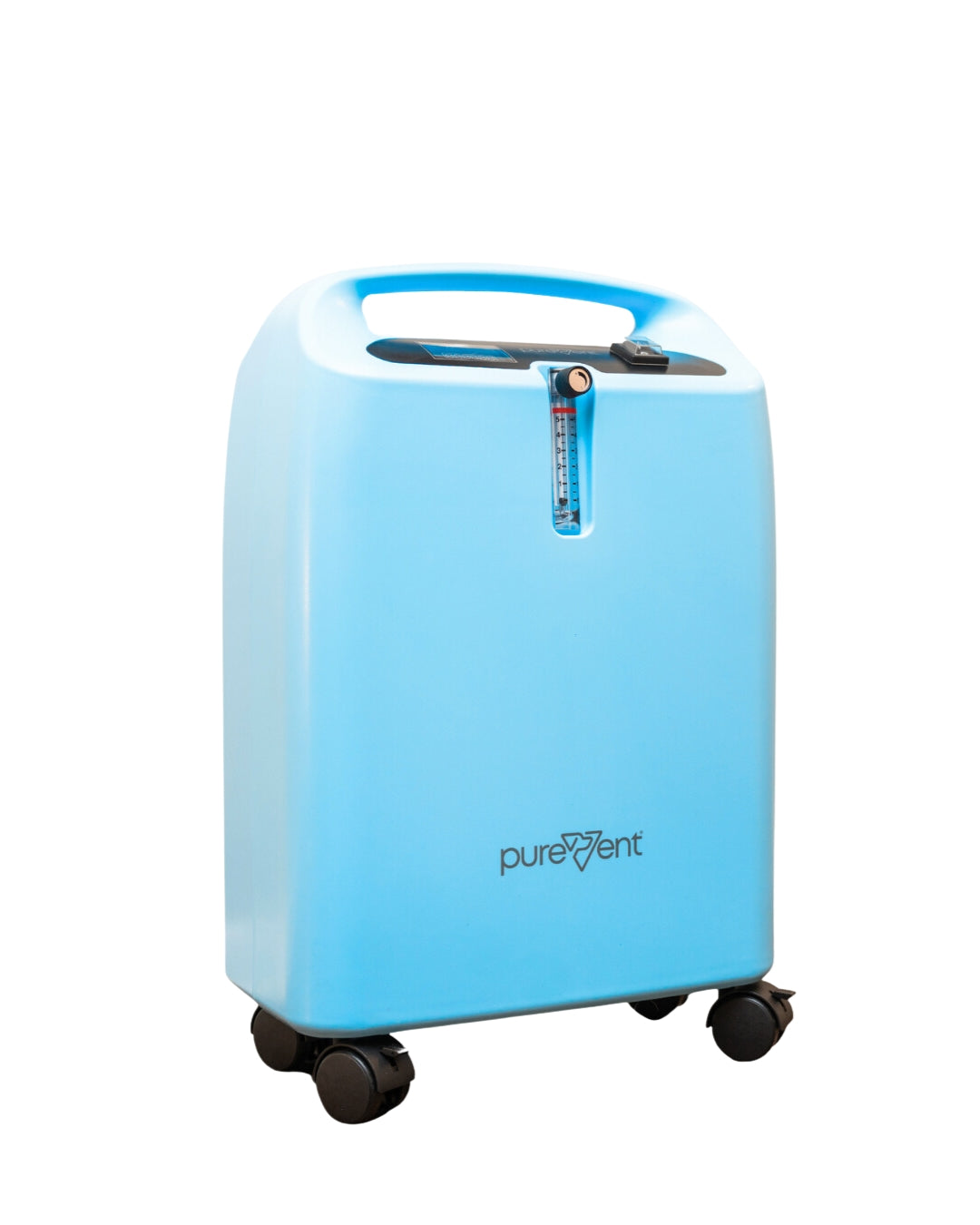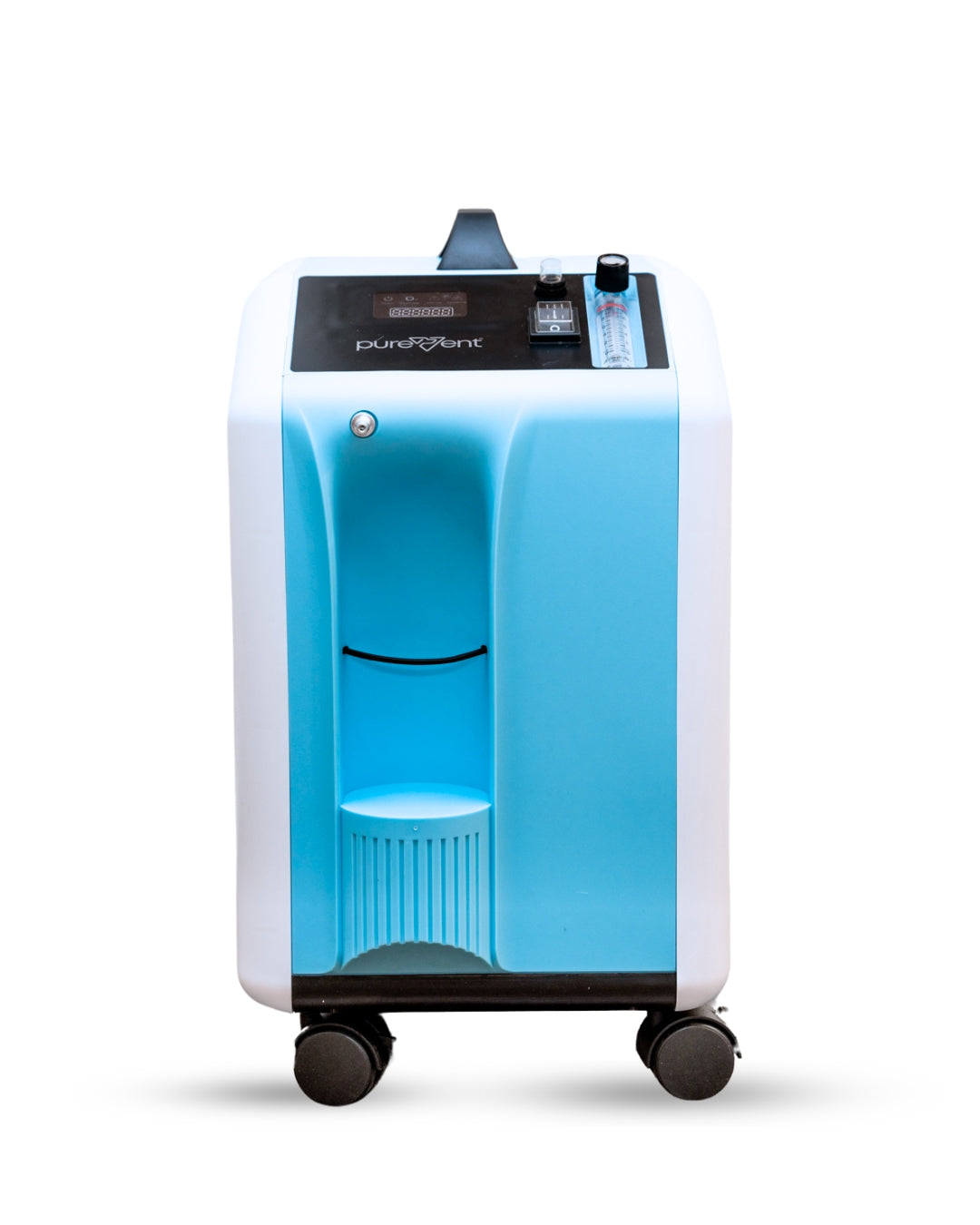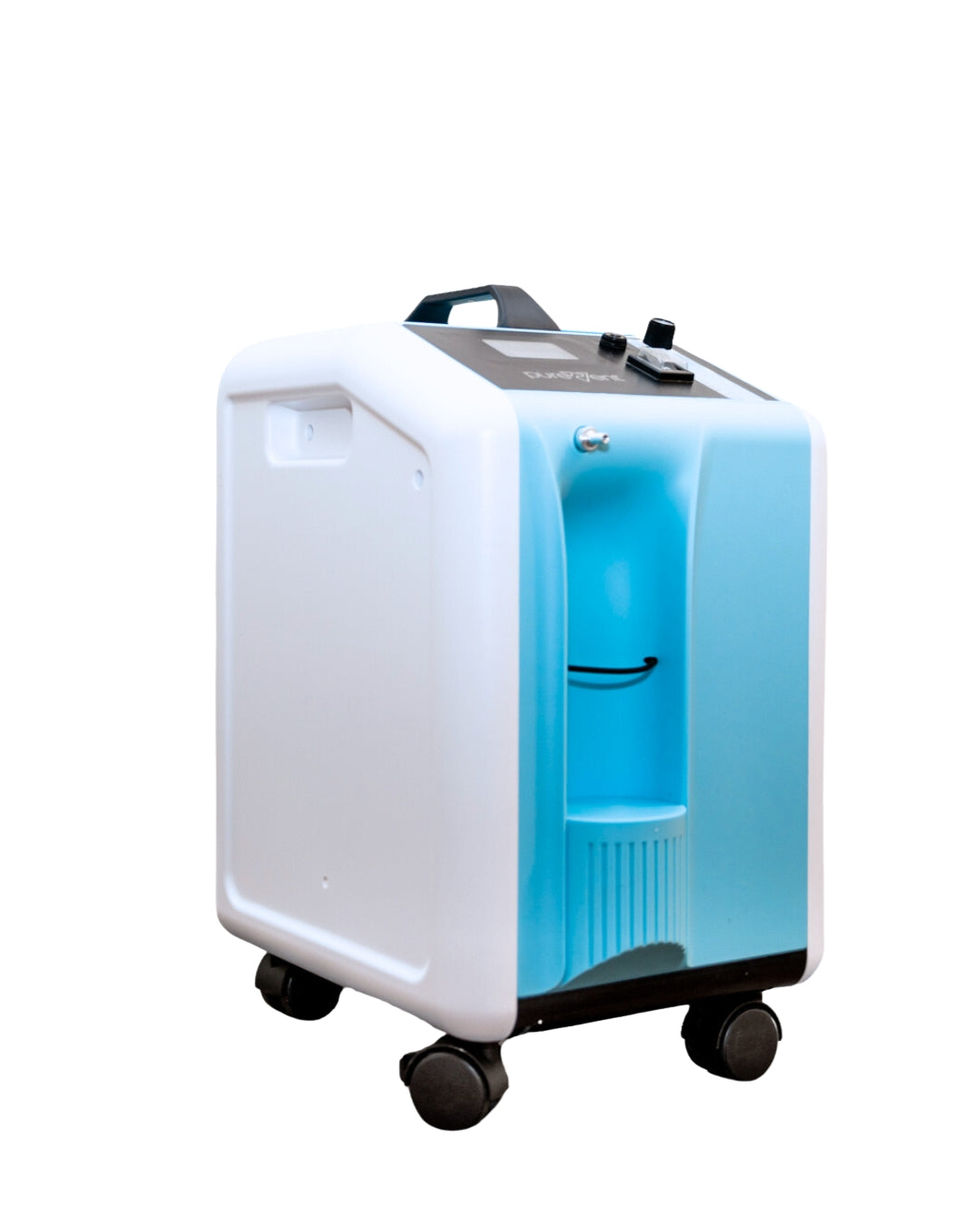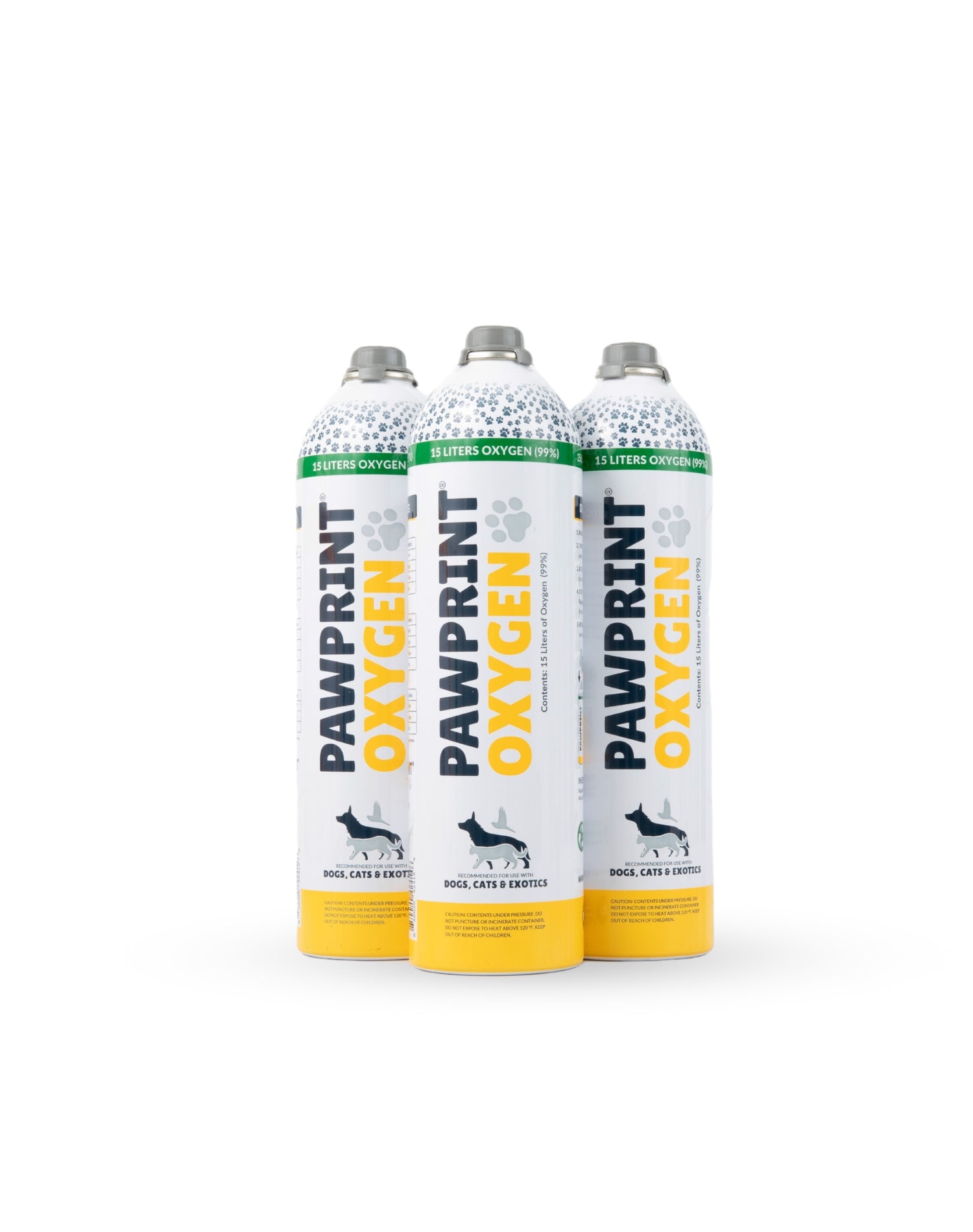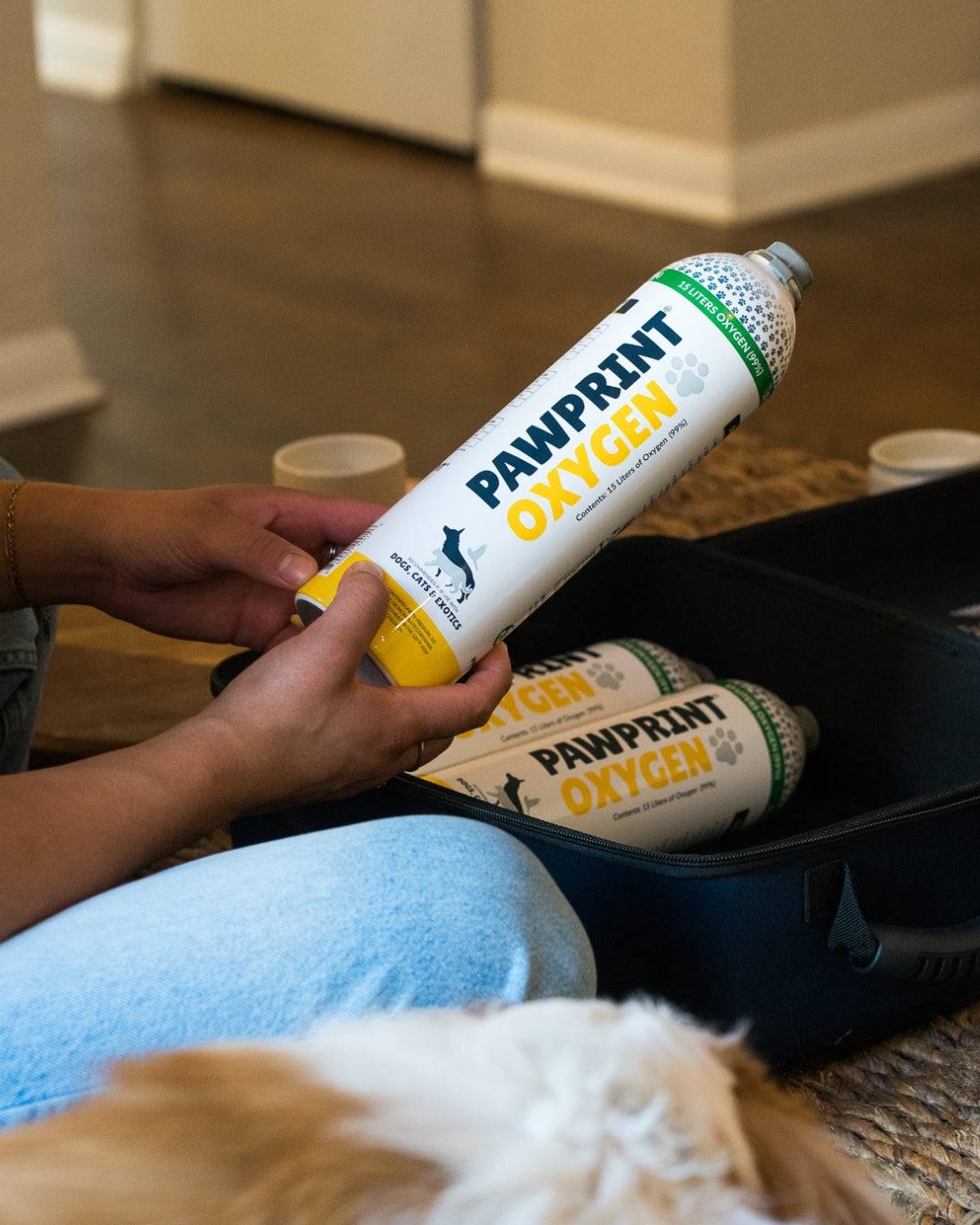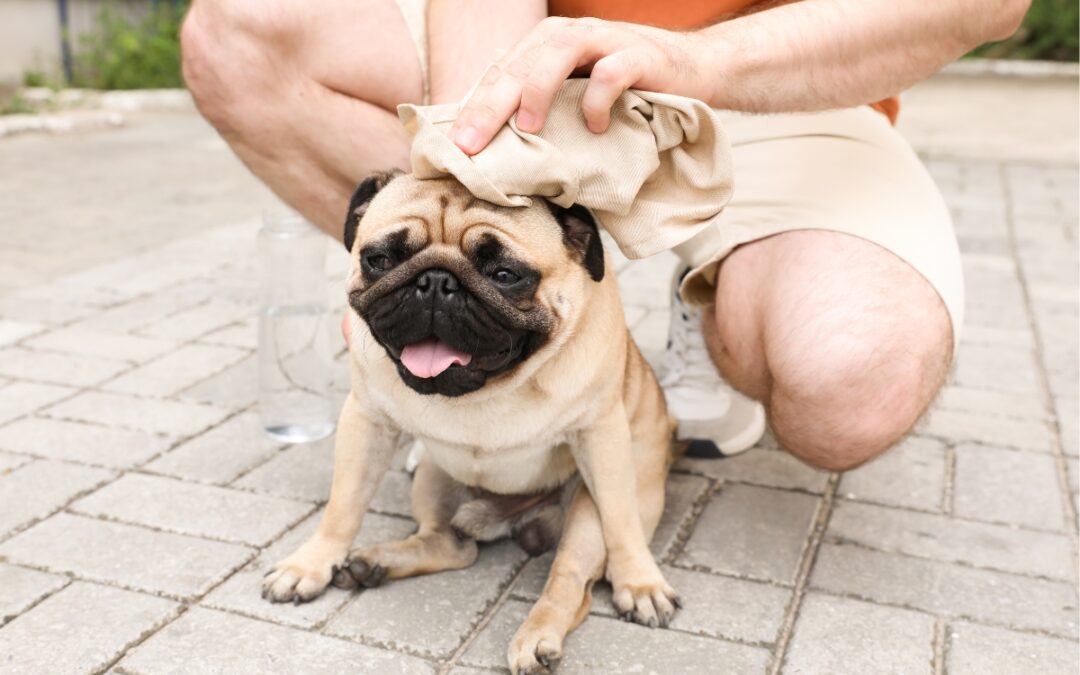As a cat owner, you are committed to ensuring the health and well-being of your feline companion. Just like humans, cats can experience respiratory issues and other health conditions that may require supplemental oxygen. Oxygen therapy can be a lifesaving treatment, providing critical support during times of respiratory distress, chronic illness, or recovery from surgery.
In this comprehensive guide, we will delve into the essentials of oxygen therapy for cats. We will explore the benefits of oxygen therapy, and the signs and symptoms that indicate when your cat may need oxygen, the common conditions that require this treatment, and the various options available for administering oxygen at home.
Whether your cat is dealing with a temporary health issue or a chronic condition, understanding how to effectively provide oxygen therapy can make a significant difference in their comfort and quality of life. Join us as we navigate the world of oxygen therapy for cats, empowering you with the knowledge to support your beloved pet through any respiratory challenges they may face.

What Are the Benefits of Supplemental Oxygen Therapy for Cats?
Supplemental oxygen therapy offers numerous benefits for cats, particularly those suffering from respiratory or cardiovascular conditions. Here are some key advantages:
Improved Oxygenation: Oxygen therapy helps increase the amount of oxygen available in your cat's bloodstream, ensuring vital organs and tissues receive the necessary oxygen to function properly.
Eases Breathing: By providing a higher concentration of oxygen, therapy can ease the effort required for breathing, especially in cats with conditions like asthma, pneumonia, or bronchitis.
Supports Recovery: For cats recovering from surgery, trauma, or severe illness, supplemental oxygen can be crucial in stabilizing their condition and promoting faster healing.
Reduces Stress: Difficulty breathing can cause significant stress and anxiety in cats. Oxygen therapy can help alleviate respiratory distress, making your cat more comfortable and reducing their stress levels.
Enhanced Quality of Life: For cats with chronic conditions like heart disease or COPD, regular oxygen therapy can improve their overall quality of life by reducing symptoms and preventing episodes of severe respiratory distress.
Emergency Management: In cases of acute respiratory failure or severe asthma attacks, oxygen therapy can provide immediate relief and stabilization, potentially saving your cat’s life while you seek veterinary care.
Helps with Anemia: In cats with severe anemia, oxygen therapy can support the body's oxygen needs while treatment for the underlying cause is administered.
Non-Invasive: Oxygen therapy is a non-invasive treatment that can be administered in the comfort of your home, reducing the need for stressful visits to the veterinary clinic.
Adaptable to Various Conditions: Whether your cat needs short-term support during an illness or ongoing therapy for a chronic condition, oxygen therapy can be tailored to meet their specific needs.
Understanding these benefits can help you recognize the importance of oxygen therapy in managing your cat’s health and ensuring they receive the best possible care when facing respiratory challenges.
For Transport and Symptomatic Emergencies
Our Oxygen Kits for Cats are the perfect solution for pet owners who want to be prepared in case of an emergency, during transport to a care facility or want to administer oxygen therapy to your cat at home with a health condition. This product is available to purchase without a prescription.
Signs and Symptoms Indicating Your Cat May Need Oxygen Therapy
Recognizing when your cat needs oxygen therapy is crucial for timely intervention and effective treatment. Here are some key signs and symptoms that may indicate your cat requires supplemental oxygen:
Labored Breathing: If your cat is struggling to breathe, you may notice them taking rapid, shallow breaths or breathing with significant effort. Their nostrils may flare, and you might see exaggerated movement in their chest and abdomen.
Cyanosis: A bluish tint to your cat's gums, tongue, or other mucous membranes is a serious sign of low oxygen levels in the blood, known as cyanosis. This condition requires immediate veterinary attention.
Open Mouth Breathing: Cats typically do not breathe through their mouths unless they are in distress. Open mouth breathing is a significant indicator of respiratory difficulty and often signals the need for oxygen therapy.
Lethargy and Weakness: Cats with low oxygen levels may become very weak and lethargic, showing little interest in their usual activities and having difficulty moving or standing.
Coughing and Wheezing: Persistent coughing, wheezing, or other abnormal respiratory sounds can indicate underlying respiratory issues, such as asthma, bronchitis, or heart disease, that may necessitate oxygen therapy.
Nasal Flaring: Flaring nostrils while breathing is another sign that your cat is working hard to get enough air. This is often seen in conjunction with other respiratory distress symptoms.
Increased Heart Rate: A rapid heartbeat can accompany respiratory distress as your cat's body tries to compensate for low oxygen levels. This can be detected during a veterinary exam.
Behavioral Changes: Cats in need of oxygen may become anxious, restless, or unable to settle down. Conversely, some cats may become unusually calm or listless due to severe fatigue and low oxygen levels.
Gagging or Choking: Frequent gagging or choking can be signs of respiratory distress or a blockage that affects breathing. These symptoms require immediate attention and possible oxygen therapy support.
Panting: While panting is normal in dogs, it is not typical for cats and can be a sign of overheating, stress, or respiratory issues. Persistent panting is a strong indicator that your cat may need supplemental oxygen therapy.
If you observe any of these signs in your cat, it’s important to seek veterinary care promptly. Your veterinarian can perform a thorough examination, diagnose the underlying issue, and determine whether oxygen therapy is necessary. Early recognition and intervention can greatly improve the prognosis for cats with respiratory difficulties.
In the next section, we will explore common conditions in cats that may require oxygen therapy and how this treatment can help manage these conditions effectively.
Common Conditions that May Require Supplemental Oxygen Therapy in Cats
Oxygen therapy can be an essential treatment for various health conditions in cats, helping to stabilize and improve their respiratory function. Here are some common conditions that often necessitate the use of supplemental oxygen:
Asthma: Feline asthma is a chronic condition characterized by inflammation and narrowing of the airways, leading to wheezing, coughing, and difficulty breathing. During asthma attacks, supplemental oxygen can provide critical relief and support.
Pneumonia: Pneumonia, an infection of the lungs, can cause severe inflammation and fluid buildup, making it difficult for your cat to breathe. Oxygen therapy helps maintain adequate oxygen levels while your cat recovers from the infection.
Heart Disease: Conditions such as congestive heart failure can impair the heart's ability to pump blood effectively, leading to reduced oxygenation of the body's tissues. Supplemental oxygen can help manage symptoms and improve your cat's comfort.
Trauma: Cats that have experienced trauma, such as being hit by a car, may suffer from lung injuries or shock. Oxygen therapy can provide vital support during the initial recovery phase.
Pulmonary Edema: This condition, characterized by fluid accumulation in the lungs, can result from heart failure, toxins, or other causes. Oxygen therapy helps maintain oxygenation while the underlying issue is addressed.
Recognizing these conditions and understanding how oxygen therapy can help manage them is crucial for ensuring your cat’s health and well-being. If your cat has been diagnosed with any of these conditions or shows signs of respiratory distress, consult with your veterinarian about the benefits of oxygen therapy.
Options for Administering Oxygen Therapy to Your Cat at Home
Administering oxygen therapy at home can be a lifesaving measure for your cat. Understanding the various options available will help you choose the most suitable method for your pet’s specific needs. Here are some common options for providing oxygen therapy at home:
Oxygen Concentrators:
- Description: Oxygen concentrators are devices that extract oxygen from the surrounding air and deliver it in a concentrated form to your cat.
- Benefits: They are reliable, cost-effective over time, and provide a continuous supply of oxygen without the need for refills.
- Considerations: They require an electrical power source which limits this option to home-use only.
Portable Oxygen Canisters:
- Description: These are canisters pre-filled with compressed oxygen, similar to those used in medical facilities but at a smaller scale.
- Benefits: They are portable and can provide oxygen therapy anywhere it is needed.
- Considerations: Canisters need to be reordered regularly if your cat requires oxygen therapy often.
When choosing an oxygen therapy option for your cat, consider factors such as the severity of their condition, their tolerance to different devices, and your ability to manage and maintain the equipment. Always consult with your veterinarian to determine the best option for your cat’s specific needs and to receive proper training on how to use the equipment safely and effectively.
